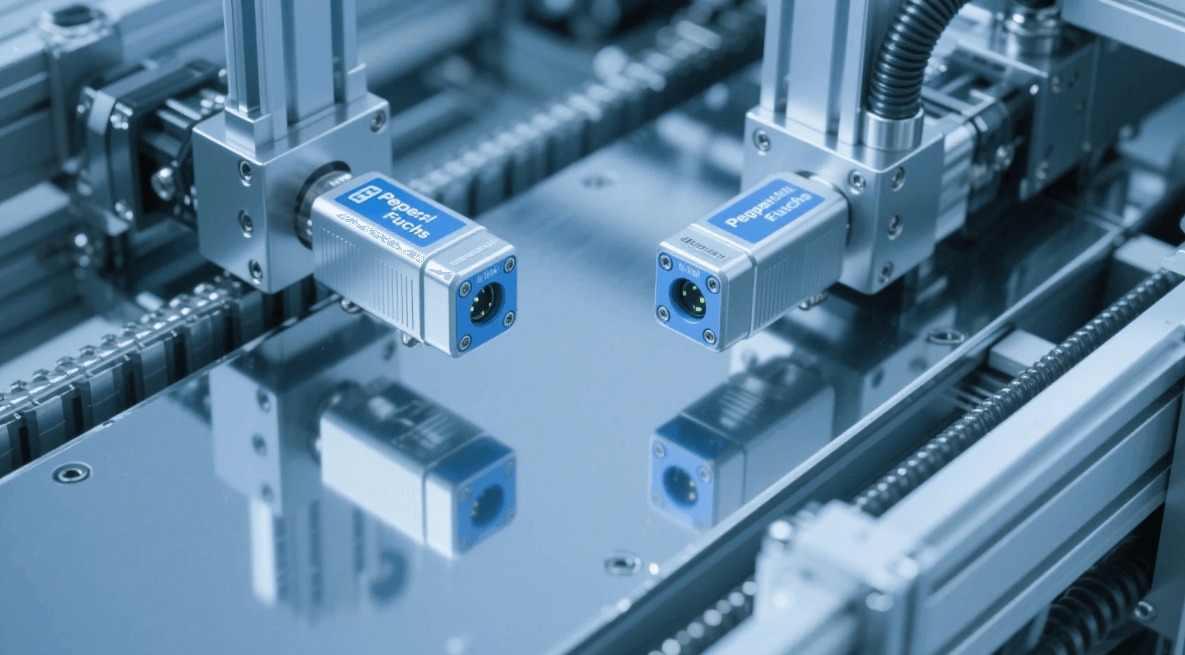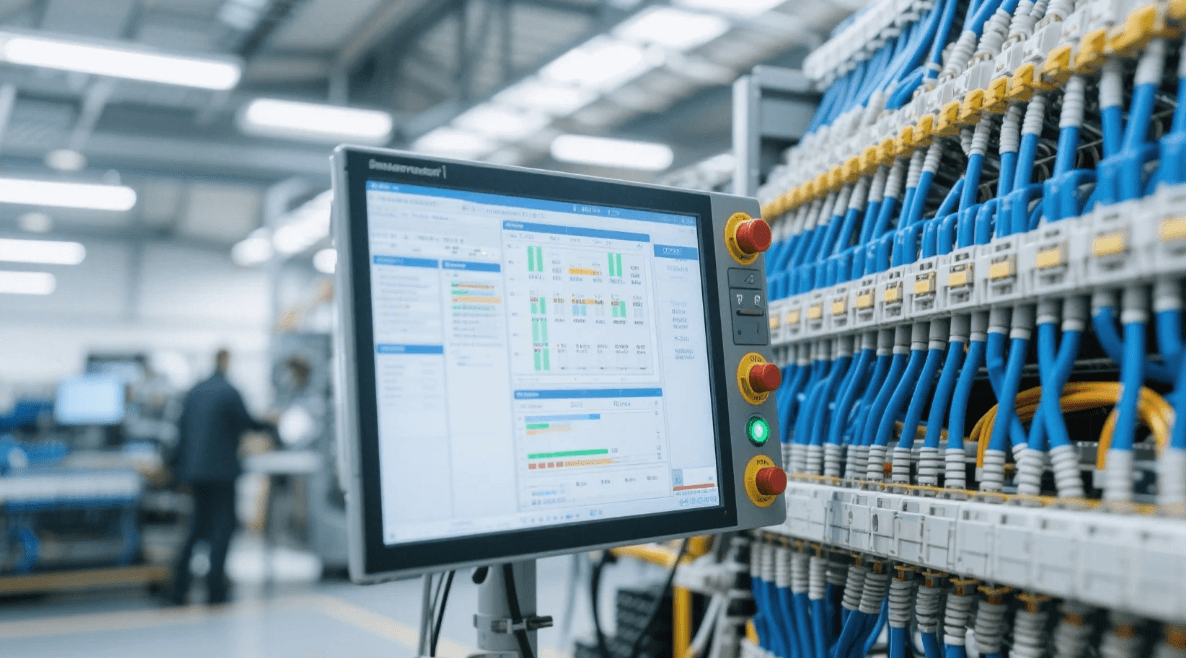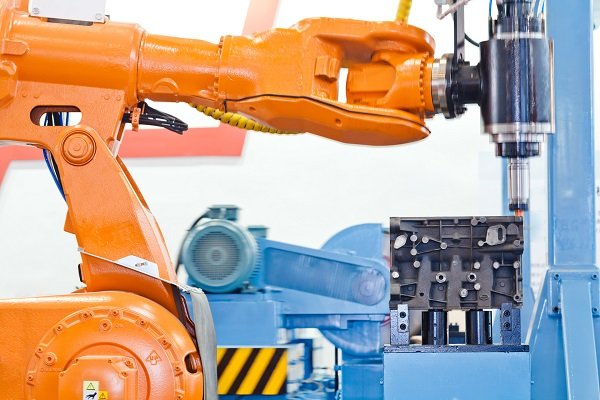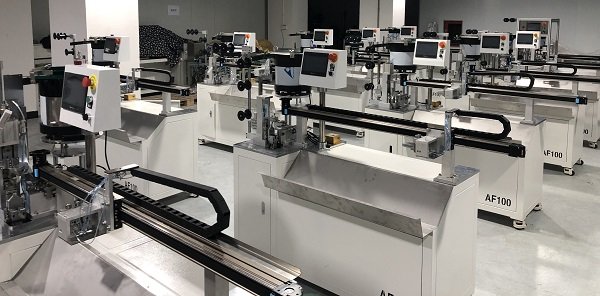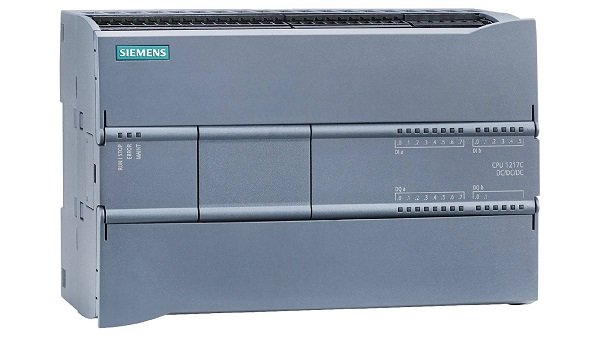Automatiseringstechnologie in de elektrische industrie: Hoe ifm efficiëntie en innovatie stimuleert (2025 Trends)

De automatiseringstechniek landschap ondergaat een ingrijpende verschuiving, aangedreven door ontwikkelingen in industrieel IoT (IIoT), voorspellende analyses en intelligente sensoren. Voor belanghebbenden in de elektrotechnische industrie zijn deze innovaties niet optioneel - ze zijn essentieel om concurrerend te blijven in een tijdperk van stijgende energie-eisen en duurzaamheidsmandaten. Als wereldleider in industriële automatisering, ifm heeft zich in de voorhoede van deze transformatie gepositioneerd en biedt oplossingen die betrouwbaarheid, aanpasbaarheid en schaalbaarheid combineren. Dit artikel onderzoekt de moderne voordelen van automatiseringstechniekDe strategische toepassingen in de elektrische sector en opkomende trends die de toekomst ervan bepalen.
Waarom Automatiseringstechnologie herdefinieert elektrische systemen

1. Voorspellend onderhoud: Minimale stilstand, maximale betrouwbaarheid
Elektrische infrastructuur, van transformatoren tot stroomonderbrekers, moet voortdurend worden bewaakt om catastrofale storingen te voorkomen. Traditionele reactieve onderhoudsmodellen zijn duur en inefficiënt. Automatiseringstechnologiemaakt echter voorspellend onderhoud mogelijk door real-time gegevensanalyse.
Bijvoorbeeld, ifm's trillingssensoren (bijv. VSA001 en VSP004) bewaken de gezondheid van apparatuur door afwijkingen in motortrillingen, temperatuur en druk te detecteren. Deze sensoren leveren gegevens aan randcomputers zoals ifm's moneodat AI-algoritmen gebruikt om de onderhoudsbehoeften weken van tevoren te voorspellen. In een casestudy over waterzuivering verminderde deze aanpak de ongeplande stilstandtijd met 40% en de onderhoudskosten met 25%.
Door dergelijke oplossingen te gebruiken, verschuiven elektrische operators van "storingen verhelpen" naar voorkomenin lijn met Lean Six Sigma-principes voor afvalvermindering.
2. Integratie met IIoT: Slimmere netwerken bouwen
De overgang van de elektrische industrie naar slimme netwerken vereist naadloze connectiviteit tussen apparaten. Automatiseringstechnologie overbrugt deze kloof door middel van IIoT-raamwerken. IO-Link sensoren van ifmbijvoorbeeld bidirectionele communicatie mogelijk maken tussen veldapparatuur en centrale besturingssystemen. Dit maakt het mogelijk:
- Parameteraanpassingen op afstand: Technici kunnen sensordrempels herconfigureren zonder fysieke toegang.
- Real-time energiemonitoring: Verbruikspatronen bijhouden om de belasting optimaal te verdelen.
In slimme fabrieken hebben vergelijkbare systemen de energiekosten met wel 30% verlaagd door inefficiënties in koel- en HVAC-systemen te identificeren. Voor elektriciteitsbedrijven betekent dit lagere operationele kosten en een stabieler elektriciteitsnet.
Belangrijkste toepassingen van Automatiseringstechnologie in de elektrische sector

1. Slimme onderstations: Veiligheid en efficiëntie verbeteren
Onderstations vormen de ruggengraat van de stroomdistributie, maar handmatige inspecties brengen veiligheidsrisico's met zich mee. ifm's automatiseringsoplossingen pakken dit aan door:
- Toestandsafhankelijke bewaking: Sensoren detecteren isolatiedegradatie of oververhitting in realtime.
- Geautomatiseerde foutisolatie: AI-gestuurde systemen leiden stroom om tijdens stroomuitval, waardoor stroomstoringen tot een minimum worden beperkt.
Een proefproject in Duitsland toonde aan dat het aantal onderhoudsuren aan onderstations met 50% kon worden teruggebracht door gebruik te maken van ifm tools voor voorspellende analyse.
2. Integratie van hernieuwbare energie: Vraag en aanbod in evenwicht brengen
Naarmate het gebruik van hernieuwbare energie toeneemt, worden netbeheerders geconfronteerd met uitdagingen bij het beheer van intermitterende energiebronnen zoals zonne- en windenergie. Automatiseringstechnologie maakt dynamische load balancing mogelijk:
- Vraagresponsalgoritmen: Pas het verbruik aan op basis van real-time levering.
- Optimalisatie van energieopslag: AI voorspelt piekvraagperioden om het batterijgebruik te optimaliseren.
modules voor randverwerking van ifm deze datasets lokaal te verwerken, waardoor de latentie afneemt en de privacyregels worden nageleefd.
Opkomende trends: Automatiseringstechnologie in 2025 en daarna
1. AI-gestuurde procesoptimalisatie
De fusie van automatiseringstechniek met generatieve AI ontsluit ongekende efficiëntie. AI-modellen kunnen bijvoorbeeld duizenden netconfiguraties simuleren om de meest veerkrachtige ontwerpen te identificeren. ifm's samenwerking met Panasonic Connect over autonome fabrieken benadrukt deze trend, waarbij AI productieworkflows optimaliseert met minimale menselijke tussenkomst.
2. Innovaties gericht op duurzaamheid
Wereldwijde doelstellingen om de CO2-uitstoot te verminderen duwen de elektrische industrie in de richting van groenere praktijken. ifm's duurzame automatiseringsoplossingen op één lijn te brengen met deze verschuiving:
- Gerecycleerde materialen: Sensoren gebouwd met milieuvriendelijke polymeren en metalen.
- Energiezuinige ontwerpen: Energiezuinige sensoren verminderen de operationele koolstofvoetafdruk.
China's recente investering van $138 miljard in robotica en automatisering onderstreept de urgentie van deze overgang.
Strategische aanbevelingen voor leiders in de elektrische industrie
- Modulaire automatiseringssystemen invoeren
Investeer in schaalbare oplossingen zoals modulaire sensoren van ifmdie incrementele upgrades mogelijk maken zonder de bestaande infrastructuur te reviseren. - Prioriteit geven aan bijscholing van personeel
De overgang naar geautomatiseerde systemen vereist geschoold personeel. Werk samen met aanbieders van opleidingen om de talentkloof te overbruggen en richt je daarbij op IIoT- en AI-kennis. - Samenwerking tussen industrieën benutten
Emuleer ifm's partnerschappen met technologiebedrijven en nutsbedrijven om samen oplossingen op maat te ontwikkelen. Bijvoorbeeld de integratie van automatiseringstechniek met blockchain kan de veiligheid van het elektriciteitsnet verbeteren.
Conclusie: ifm's visie voor een slimmere elektrische toekomst
Automatiseringstechnologie is niet langer een luxe, maar de hoeksteen van moderne elektrische systemen. Door prioriteit te geven aan voorspellend onderhoud, IIoT-integratie en duurzaamheid, ifm stelt de industrie in staat om de uitdagingen van 2025 recht voor z'n raap aan te gaan. Voor nutsbedrijven en fabrikanten is de boodschap duidelijk: Omarm automatiseringstechniek vandaag, of riskeer morgen veroudering.

